Hands on the ELEMNT BOLT
Wahoo's second installment in the bike computer line, smaller in size, may be bigger in value to consumers. The ELEMNT BOLT was developed based on Wahoo users asking for a smaller version of their popular ELEMENT bike computer reviewed here, and after a month of hands on testing, the Wahoo ELEMNT BOLT may be even better than the ELEMNT.
The BOLT operates on the same Wahoo companion app and operating system as the ELEMNT thereby making the initial set-up and pairing process to 3rd party operating systems and sensors identical as covered in the ELEMNT article or quickly described as simple and flawless.
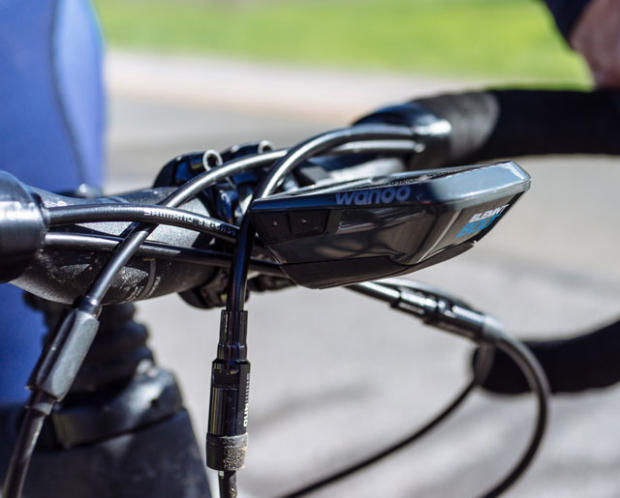
What's the same
It was a great move by Wahoo not to water down the BOLT's features and technical specifications. They maintained nearly every feature found on the ELEMNT while only decreasing the size of the BOLT. A list of some of the key features found in both the ELEMNT and BOLT are:
• 3rd party Ant+ & BTLE Sensor support
• Wi-Fi connectivity and smartphone customization
• IPX7 water resistance, preloaded maps, and rechargeable battery via USB
• KICKR Control (Erg Mode, Resistance, Level and past Routes)
• Electronic Gear Shifting profile
• BSX & Moxy sensor support
• 3rd party integration with TrainingPeaks, SportsTracks, BestBike Split, DropBox, etc.
• Route creation via previous rides, Strava, Ride with GPS, or .GPX files
• Phone and SMS notification features
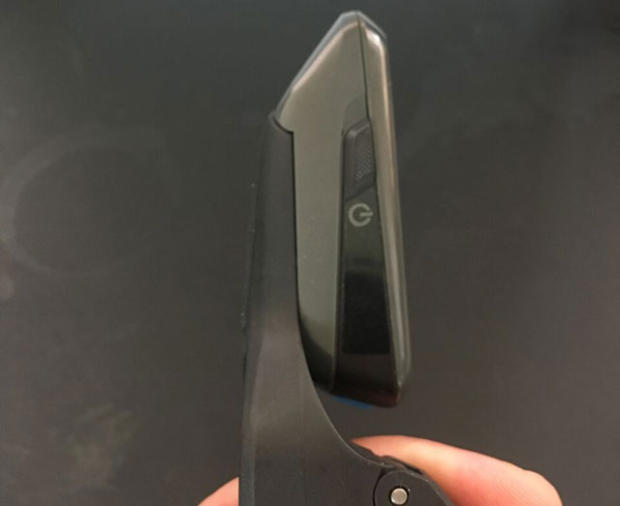
What's Different
It may be more accurate to discuss what is better, than different, when comparing the BOLT to the ELEMENT. The BOLT's primary differences will likely make it more appealing amongst triathletes due to its smaller size. When compared to the ELEMNT, the major differences are as follows:
• BOLT displays 9 fields versus 11 fields and the BOLT lacks LED's along the side
• BOLT weighs 2.2 oz. versus 3.5 oz.
• BOLT has a 2.2" diagonal display versus 2.7"
• BOLT battery life is listed at 15hrs, two hours less than the ELEMNT
• BOLT has tactile buttons
• Integrated Stem, Aerodynamic design, and 6 degree tilt *
• BOLT does not include an aerobar mount
• BOLT retails for $249 versus $329 for the ELEMNT
The differences listed above are pretty self-explanatory but Wahoo's work to develop an aerodynamic bike computer deserves a bit more attention.
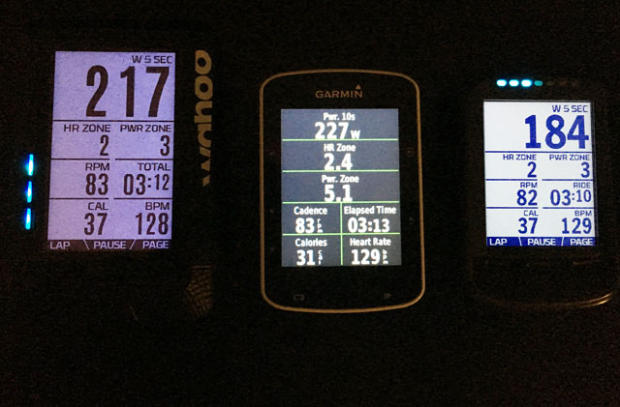
Aerodynamics
Normally, aerodynamics would be the leading story when talking about the development of the Wahoo BOLT computer, especially amongst the Slowtwitch readership. However, nearly all the aero benefits gained using Wahoo's BOLT integrated system are voided when the bike computer and mount are shielded by a rider's hands or between-the-arm water bottle in a typical TT set-up. That being said, it is still quite interesting to examine Wahoo's mindset behind its development and what they accomplished.
Wahoo partnered with Dimitris Katsanis who was part of the design team for Bradley Wiggins World Hour Record Bike and the 2005 & 2016 Team Sky bikes, amongst many other credits. They tested numerous generic forms for optical gains using computational fluid dynamics (CFD) and learned that designing a bike computer and mount as a single entity, rather than in silos, could optimize aerodynamics. The testing led to the BOLT having tapered sides, a smooth bottom and mount integration, with an inherent 6-degree tilt. Why the tilt? Wahoo and Katsanis found most riders tilt their bike computers up 6 degrees for an optimal viewing angle, exposing an even greater amount of surface area creating more drag. The result of the new design: Wahoo says that CFD testing by Katsanis claims the BOLT exhibits 50-percent less drag than Garmin, about 1.5 watts savings, or 12.6 seconds when riding 21mph over 40km.
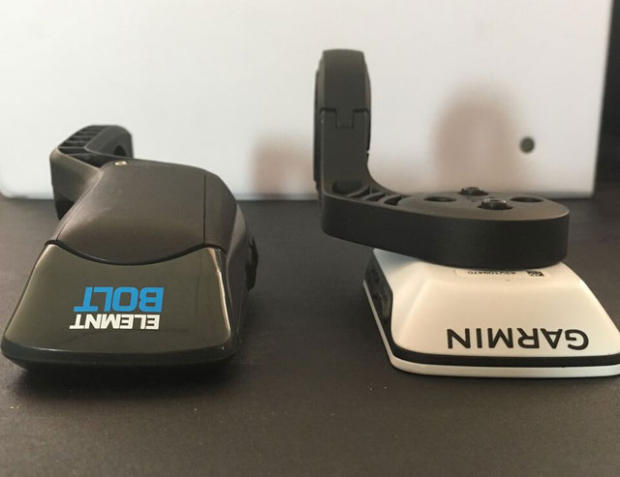
Lionel Sanders on the BOLT
I also had a chance to speak to Lionel Sanders and get some photos of his setup prior to his Oceanside 70.3 win this weekend. Sanders began using the Wahoo BOLT two weeks prior after switching from a Garmin 510 due to connectivity issues he was having during races with his P1 pedals and Garmin.
"The first thing I really like about the Wahoo Bolt is that it pairs with the pedals, saves them as a device, and then does not search for any other power meter unless you tell it to. The moment I turn it on, it is searching for my pedals. I've tested it a couple times now, where I turn it on, and then go away for a couple hours, then immediately hop on my bike and start riding, and within five seconds I am seeing numbers.
"I also really like the form factor. I race with my computer directly between my hands. Perhaps I could save a watt by moving it back behind my elbows, but I am gaining more than that elsewhere by riding steady – through constantly keeping an eye on the computer – and not having to torque my head back to look at it. Having a smaller form factor is giving me back some free speed. In practice, I am also starting to use the LED lights feature. The lights change color indicating if you are above or below the average, and the number of lights increase and continue to change color if you are well over the average. Deep into a hard interval it is actually quite convenient to just glance down at the lights and know that I am above the average instead of having to look closely at the computer and contemplate the wattages.
"Moving from the Garmin, the companion app took some getting used to, but it is quite intuitive now that I have some experience with it. There are a lot of great metrics on it too. I usually just use NP, AP, Lap AP and Lap Time, but I am now tempted to integrate some new metrics into my repertoire. Long story short, I can't think of a single downside to the Bolt. I am definitely a convert."
So said Lionel.
The ELEMNT was one of the easiest bike computers to use with any device or third party platform. The BOLT maintained all the positives of the ELEMNT and arguably improved its design to better meet customer demand at a lower cost. After using the Wahoo BOLT for nearly a month, I have to agree with Lionel Sanders assessment, I can't think of any downside to using the BOLT.
Read more about Wahoo's ELEMNT BOLT.



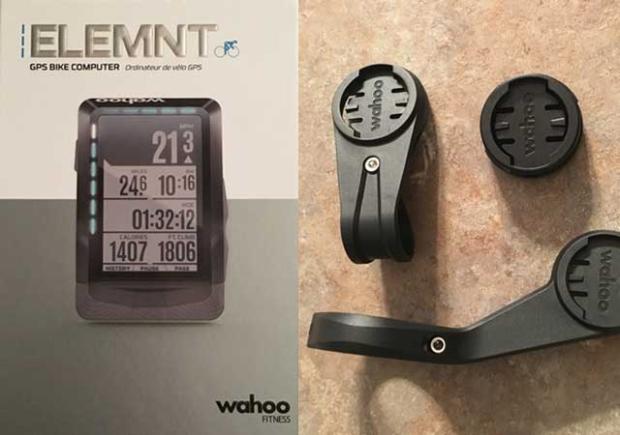
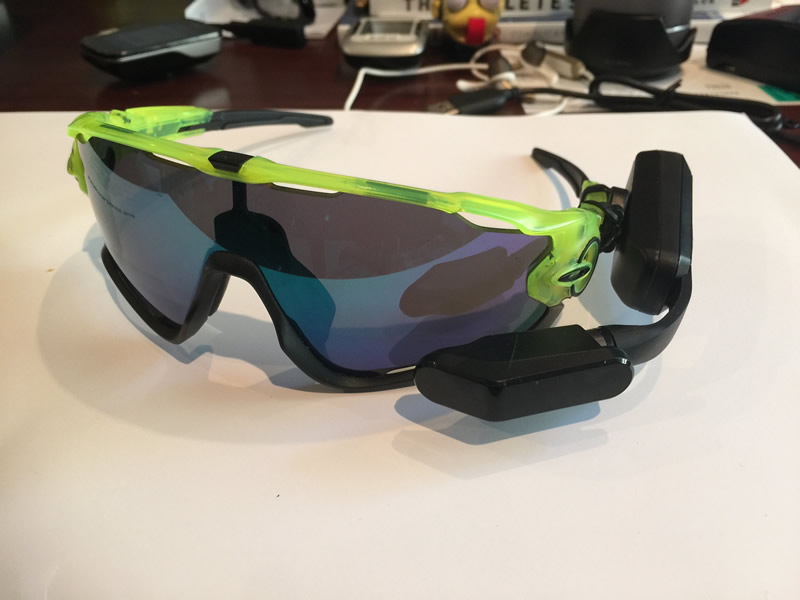
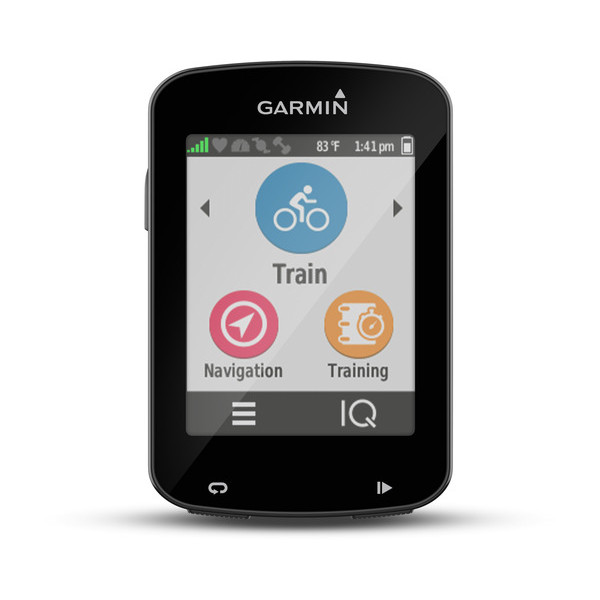

Start the discussion at forum.slowtwitch.com